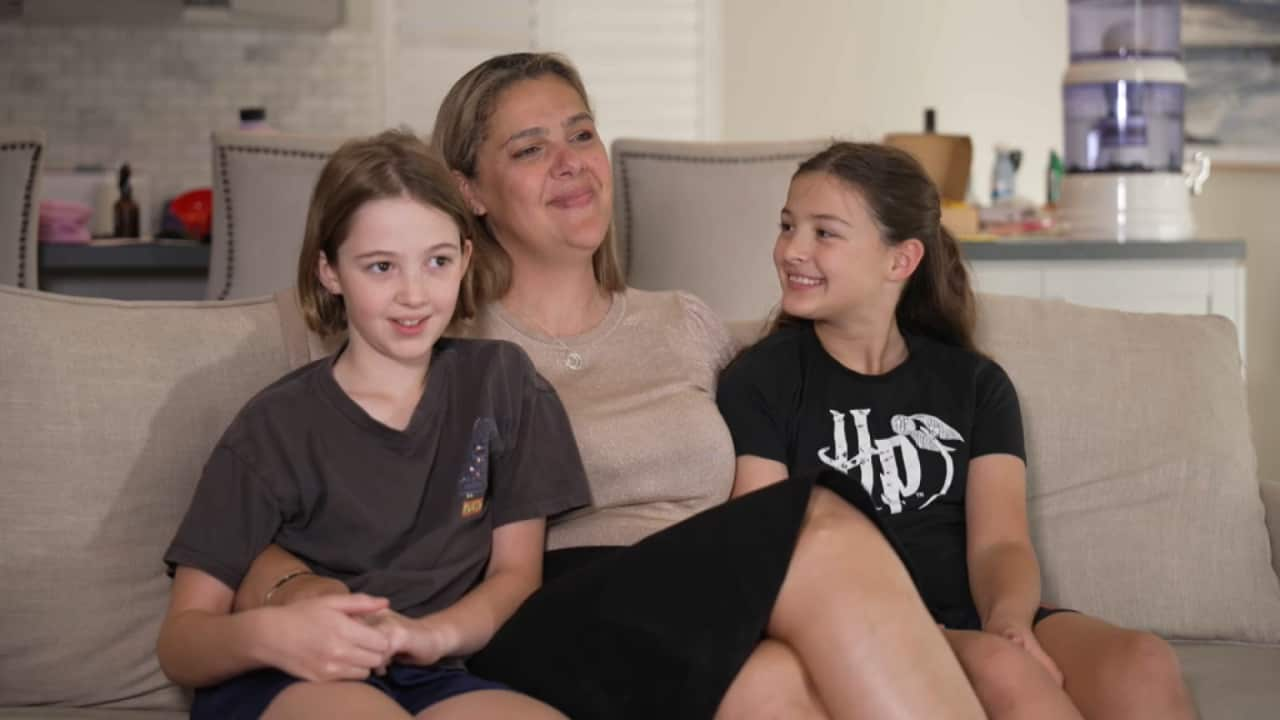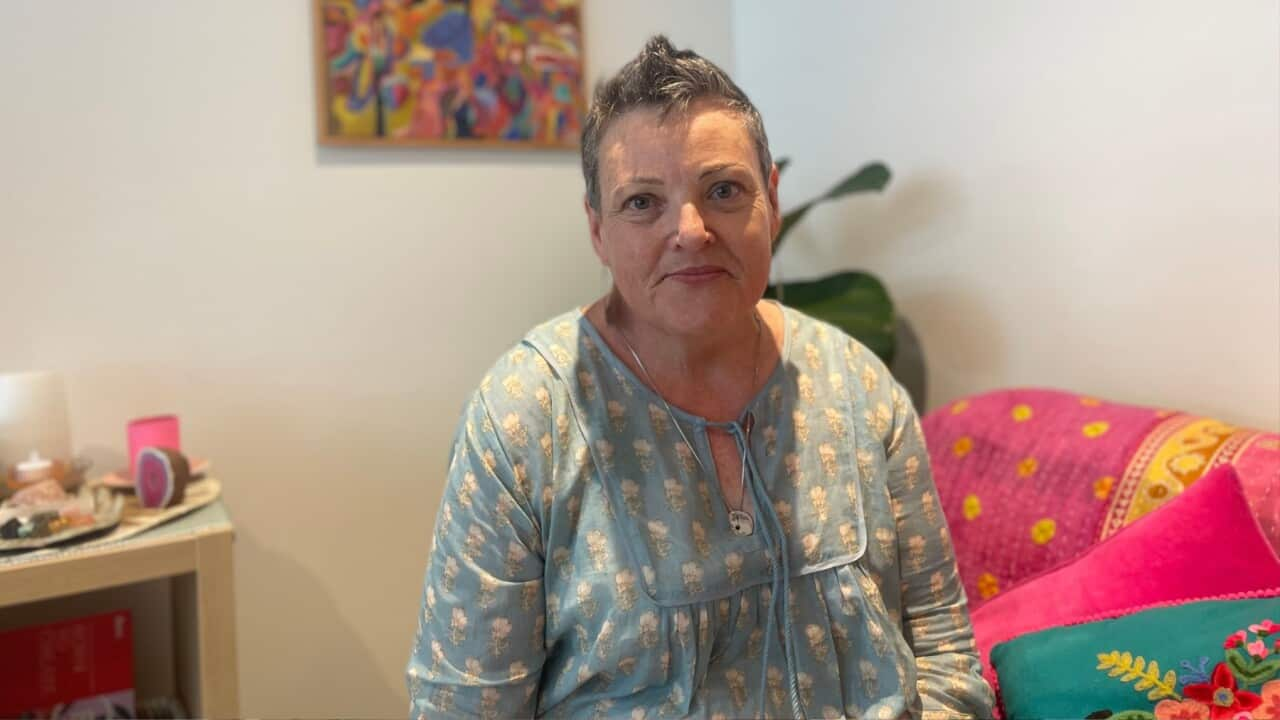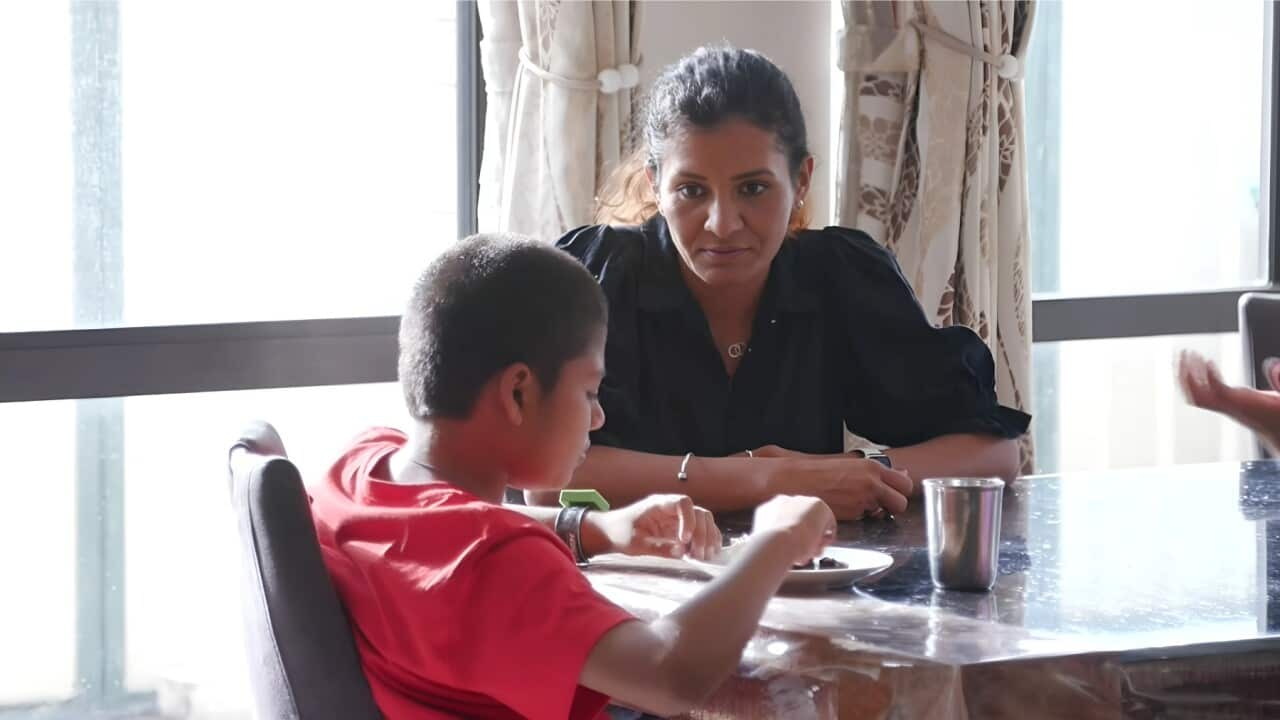This podcast was produced in collaboration with the Australian Science Media Centre and supported by a META Public Interest Journalism Fund administered by the Walkley Foundation.
TRANSCRIPT
For Vali Cruz, it's simple things like getting her girls ready for school that she'll never take for granted.
Diagnosed with ovarian cancer, first at 19 and again at 24, surgeries to remove both her ovaries saved her life, but took away any chance of conceiving a child.
"I always wanted a family from a really young age. If you ask my mom, she'll tell you. I was always the one looking after the kids. They weren't willing to wait for me to try and preserve some eggs. They didn't think that was safe. I didn't think I would ever have kids after the second diagnosis. Yeah, so I am pretty lucky. I say, I am the luckiest, unlucky person you'll know."
Her doctor at the time had grafts of her ovarian tissue frozen, despite a lack of medical avenues to use them.
Years later, it was a procedure pioneered by Melbourne IVF head of clinical research Professor Kate Stern that changed Vali's fortunes.
"When Vali was cured of her cancer, she came back and she said, I really, really want to be able to have children. We thawed out her ovarian tissue and grafted it back inside her abdomen. After an enormous amount of hard work and persistence and sheer determination, Vali was able to have her two beautiful, beautiful girls. She worked so hard though. It took a lot of time. This is not a one hit wonder."
It took 17 rounds of I-V-F, but this was the first time ovarian grafts implanted from outside the pelvis resulted in a successful pregnancy, and ultimately in Vali's twins, Alexis and Kaya.
"I just thought, okay, we'll just try one more time and then, yeah, I got two eggs for the first time in a cycle, and then Kate said they were both good quality and then she's like, do you want to implant them both? And then she was like, we're just going to implant them both. Then I ended up with these two. Waited patiently for the first scan. We were all crying and they called Kate and she was crying. That was just the first little black hole that they saw on the screen, and she moved the probe, and then there was another one."
Professor Stern now hopes to take the process a step further and use ovarian grafts to grow viable eggs outside the body.
If achieved, it could create hundreds of eggs rather than one or two per month and would be safer for patients.
"It's very hard to grow a tiny immature egg into a fully functional mature egg. There are so many factors and it just shows you how miraculous the body is because it can do it seamlessly, but it is really hard actually getting the right environment to encourage these eggs to grow. What we would like to be able to do is to be able to get more potential for our patients from their ovarian tissue and to grow immature eggs from the ovarian tissue into mature and usable eggs."
Her team hopes to offer the procedure to selected patients as part of clinical research within the next 12 months before it's made routinely available.
"I hope that somewhere between the next two and five years, the fertility scientific community will have nailed this."
While using ovarian grafts is now well established for cancer patients, whether they should be used for people who are healthy is prompting scientific debate.
Yale's Professor Kutluk Oktay is a reproductive endocrinologist, ovarian biologist, and another industry pioneer: his latest study shows the procedure could be used to delay menopause for decades.
"Menopause is part of aging, reproductive aging, itself it's not a condition, but when it happens, it brings with it many problems for a lot of women, not every woman. About 11% of women experience late menopause after age 55, and we have data from these women. They have a lot of health benefits. They have less bone loss, cardiovascular diseases, dementia, anxiety, depression. Our current position is that if there's a way to delay menopause to the limits, the upper limit of normal range, then I think women would benefit from this. In the end, though, all these risks and benefits are told and the final decision is the woman's to make."
Professor Oktay says his team will continue to collect data, but believes we know enough to justify freezing tissue now.
But for Professor Stern, the potential benefits don't yet outweigh the risks.
"The bigger question of whether it's safe, and the right thing to do, to preserve female hormones well into the sixties is not answered yet, but just because we can do something technically doesn't mean we should jump into it. We need to be cautious and make sure something is safe, so I'm not discounting the possibility, but I would like to see more research into the safety of preserving reproductive hormones in the long term using tissue."
In the meantime, medical breakthroughs in ovarian grafting have brought hope to women like Vali who've already been through so much.













